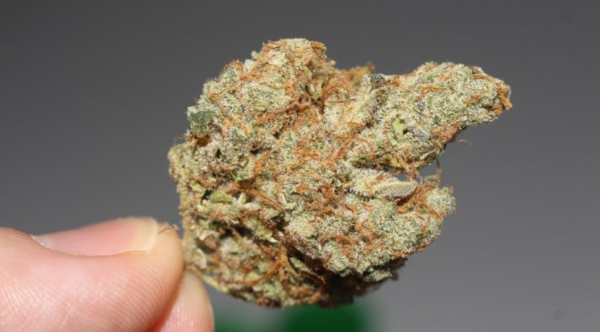City of Syracuse Announces Snow Safety Plans for Winter 2018-19
Proposals Include Piloting a City-Run Sidewalk Snow Removal Program, Mapping Snowplow Locations, and Improving Public Information Syracuse, N.Y. – With summer temperatures hovering around 70 degrees, the Office of the Mayor, Department of Public Works (DPW), and the Office of Accountability, Performance, and Innovation (api) today presented snow safety plans for winter 2018-19 to the Public Works Committee of the Syracuse Common Council. The City’s plan includes a pilot program for municipal sidewalk snow removal, which focuses on priority areas around the city. Under the program, the City will clear snow from sidewalks on about 20 miles of city streets. “Every winter, we hear concerns about the condition of our roads and sidewalks after major snow events. But the conversation seems to end when the snow melts,” said Syracuse Mayor Ben Walsh. “This year, we did not let that happen. Staff from across departments worked throughout the summer on a comprehensive plan for how we will address snow removal so we could deliver it to the Council and the community before winter starts.” Using data from the Syracuse Metropolitan Transportation Council, the City’s api and DPW staff worked with the Office of the Mayor to identify the priority areas, focusing on major arterials with high vehicular traffic and corridors with high pedestrian counts. For the pilot, 16 areas across the city representing 20.1 miles of roads were selected. In these areas, sidewalks on both sides of the street will be cleared, totaling approximately 40 miles of sidewalks. A map and list of the selected streets are included. (See image below) Municipal sidewalk snow removal will begin this year after the City completes a request for proposal process to select a private contractor or multiple contractors for the work. The program will be overseen by DPW. The cost of the first-year pilot program, which will be included in the DPW budget, will be determined based on bids provided by the contractors. If the program is continued or expanded in future years, costs and funding models will be reexamined. The City also announced plans to improve upon efforts implemented last winter. In anticipation of winter 2018-19, the City is installing GPS-type devices on all of its snow removal vehicles. With the trackers in operation this winter, DPW staff and city residents will have access to near real-time reporting on plow locations and progress. The system will improve the City’s ability to deploy its equipment and provide citizens with a transparent view of operations. The City will make the snowplow location mapping available to the public on the City’s website. The City will also continue to issue snow safety alerts before major snow events, a program started in 2018 that communicates anticipated conditions and how residents can help. A new webpage to be introduced on the City’s website will include information on anticipated response times based on snow conditions; parking ordinances and enforcement; sidewalk and fire hydrant snow clearance; and guidance on how and where residents can report concerns about snow removal operations. The City will also continue its “Snow Issues Tracker,” an online tool that allows residents to report un-shoveled sidewalks and illegally parked cars. “We’re aiming to make our services more consistent, predictable, and equitable. The increased collection and use of data helps us improve services and deliver better, more reliable information to the public,” said Corey Driscoll Dunham, the City’s director of operations. “We get a lot of feedback from city residents about snow plowing during storms, especially because many times our focus must first be on priority areas like hospitals and hills before we get to residential areas. The new snowplow location mapping will allow people to see for themselves where the plows are and what they are doing.” The City also reported on winter recreation and pledged to increase sledding locations beyond the single site designated last season at Burnett Park. More information on sledding locations for 2018-19 will come later in the year.











